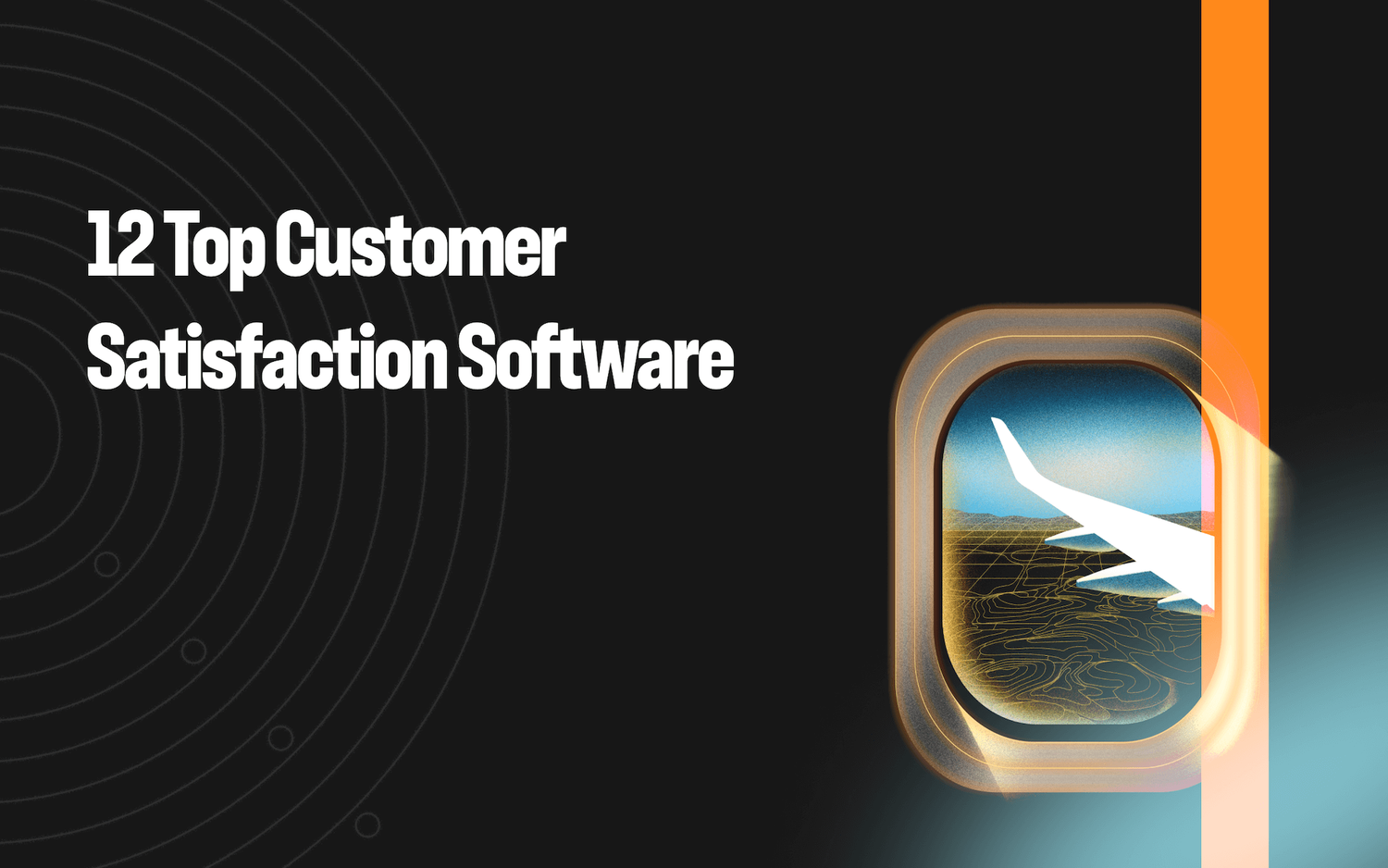What Is Speech Analytics and How It Can Supercharge Your Contact Center


AI applications in the modern contact center grow more valuable every day. One of the most promising is speech analytics, which evaluates customer interactions for trends. Customer interactions can include: phone calls, chats, messages, voice searches, and more. Every time a customer reaches the contact center, an interaction has occurred.
We’re all familiar with the phrase, “this call may be monitored or recorded to improve quality assurance.” Quality Assurance (QA) teams use recorded calls to train and coach agents to help them provide better customer support. Now, that very same recorded call data can also be utilized by an AI model to perform speech analytics and unlock the value of conversational data.
What Is Speech Analytics Defined?
Speech analytics is the process of utilizing unstructured conversational and chat data for use with an AI model designed to derive insights from it.
Phone calls, chat messages, voice searches, and even text messages are all examples of actionable data for speech analytics. Speech analysis tools turn every conversation into a transcription and then sort through them for meaning. Speech analysis can take place both during a conversation and after one has been completed.
After a conversation ends, AI can sort through the interaction for important details. Then, it can compare the results with other conversations to identify patterns and derive meaning. With more sophisticated deployments, AI can also be used on a live call to provide an agent with guidance based on similar situations that the model has seen before.
In addition, AI-powered tools can identify if certain actions occurred or were taken. These can include, for example, a customer refund or credit having been issued. Tracking which conversations led to refunds/credits after the fact can lead to powerful business insights.
What Are the Benefits of Speech Analytics?
Speech analytics has allowed contact centers to make use of the volume of customer data that pours in across various channels. One of the many reasons that contact centers are so important for businesses is that they offer opportunities to gain insights into customer concerns directly and quickly, as they are expressed in the customer’s own voice. Customer experience teams, by using AI technology, are then empowered to discover problems that might otherwise go unnoticed.
Most customer callers are looking for help with an issue. If data reveals that many customers share the same concerns, there could be problems with the product or service being provided. This informs the business to make changes to solve the issue. In addition, if certain issues are more likely to lead to customer churn, this can be strategically addressed as well.
The benefits of implementing speech analytics apply to the whole business. While the data is gathered from your contact center, the information may pertain to any part of your organization. People trying to reach out to you for help with your products or services gives you insights into what you might need to work on as a company. When applied correctly, speech analytics enables your whole business to access a wealth of information.
The Advent of Semantic NLU and How it Differs from NLP
Before getting into specific use cases for speech analytics, let’s clarify how an AI model processes data and what it looks for.
Natural language processing (NLP) is a branch of computer science, AI, and linguistics that makes computers capable of understanding human language. NLU (natural language understanding is a progression in NLP technology and allows next-level understanding of not only the words but also the intent. NLU uses semantic and syntactic analysis to figure out the intended meaning of a human speaker.
The advent of semantic intelligence has added more still, allowing current models to interpret customer meaning in real time — semantic NLU models aren’t relegated to post-interaction analysis alone.
If you’re interested in drilling down into the differences between these models, check out our blog about NLU.
Contact centers can use these capabilities to gather data about customer pain points, efficiency, and more. Speech analytics built on a semantic NLU model powers both data-driven insights and real-time agent assistance in an unprecedented way.
Post-Call vs. Real-Time
Speech analytics can be applied both during and after a conversation.
It’s easy to conceptualize using it after a caller hangs up. A recorded conversation is transcribed so that an AI model can analyze it for keywords, tonal indicators, and more. That’s useful data. However, you get twice as much value out of the conversation if you also apply your AI tools to ongoing calls in real-time.
During an interaction, speech analytics monitors what a customer is asking for and helps a contact center agent navigate the call. It can help by bringing up workflows or even flagging a supervisor if they are having difficulties with a complex request or issue.
To get the greatest benefit from these technologies, both applications should be used. Use an AI tool to look for trends and recurring problems post-call, and use it to boost an agent’s performance in real-time. This hybrid approach is a powerful combination. Speech analytics is only getting more sophisticated; there’s no reason not to make use of all its capabilities as they become easier to attain.
How To Use Speech Analytics Data
Once you’ve added speech analytics to your contact center technology stack, the next question is “What should I pay attention to?”
First and foremost, you should look at how to use the data to improve the customer experience.
And that includes using both post and real-time analysis to augment your agents, your Quality Assurance (QA) process, and your decision-making.
By finding recurring problems and areas where the customer journey gets rough, you can focus your efforts where they’ll make the most impact. While the data comes from your contact center, the solution might not always be a change in how you answer calls. If, for example, customers are upset with the pricing of a certain item or service, the problem could be at the business level.
Speech analytics identifies problems by sifting through data gathered directly from customers. Until now, it’s been hard to access this data because it’s nearly impossible to listen to and break down every interaction that happens in the contact center, and it takes a long amount of time if attempted without AI assistance.
What Are the Benefits of Speech Analytics for Contact Centers?
The benefits that your contact center gets from speech analytics fall into two categories: Real-time and post-call.
Real-Time Benefits
Speech analytics software can also improve the customer experience during an ongoing conversation.
Notable uses include:
- Assisting a contact agent. By identifying what a customer needs, speech analytics technology can automatically bring up relevant information on an agent’s screen to help smooth out the support process. From account details to tips on dealing with a specific case, speech analytics provides a great way to augment contact center agents.
- Calling for backup. When speech analytics is being used to monitor active calls, it can detect when an agent is having a difficult time. It can even recognize when an agent might benefit from some in-person help. This way, help is being sent where and when it’s needed. In fact, AI can help you handle the escalation management process to improve customer outcomes.
Post-Call Benefits
After a conversation (whether it’s a call, an email, or a chat message), speech analytics tools transcribe and analyze the interaction. What data they focus on is up to you.
Examples include:
- Discovering what customers have the most trouble with. If numerous calls center around returns, for example, the contact center can add more support for customers trying to make a return to fix the issue.
- Identifying places where the contact center may not be meeting customer expectations. If customers are frustrated with how long it takes to solve a specific issue, speech analytics can report the problem to the contact center. Hard data enables management to fix these problems by adding a relevant resource page or a faster redirect, for instance.
- Improving the QA process. By analyzing 100% of interactions, a speech analytics solution can help discover where agents need support or training. The traditional model of pulling 2% of an agent’s calls simply isn’t a fair snapshot of their work. Worse, it can result in unnecessary retraining or missing what an agent actually needs help with.
Instead of hoping that you’re running a contact center well, you can set measurable KPIs to ensure that you’re moving in the right direction. Appropriate use of a good speech analysis solution will give your contact center the tools it needs to improve.
Introduce Speech Analytics to Your Contact Center with Level AI
Speech analytics is a great tool that benefits both your contact center and your business as a whole. It gives you access to real customer feedback from which you can derive actionable insights. Proper application helps your contact center grow and flourish.
No data should be wasted; as digital transformation continues to create more sources of data, it’s best to proactively look for ways to use that data to better the business. AI-powered tools are a great way to leverage that data strategically for business value and optimization.
If you’re interested in unlocking the tremendous amount of conversational data that your business is already recording with cutting-edge speech analytics powered by semantic intelligence, reach out to us for a demo.
Uncover Hidden Insights With Level AI
See how customers use Level AI analytics to optimize business operations, boost contact center performance, and improve customer experience
Keep reading
View all





